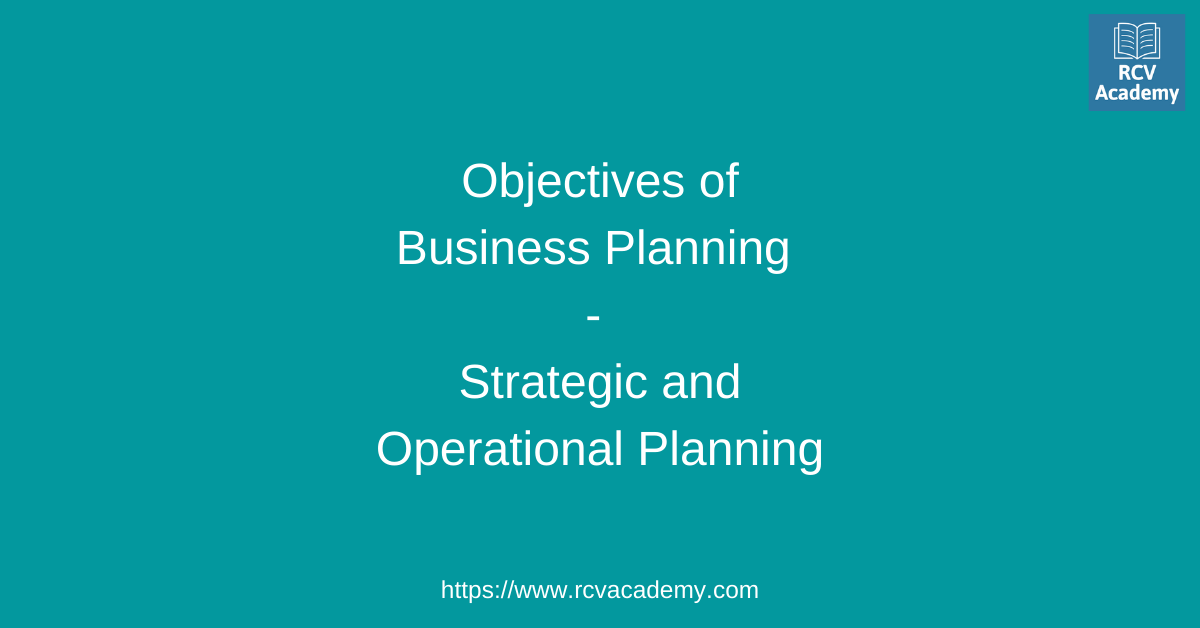In this tutorial, we will learn about financing entrepreneurial businesses, which are helpful fund flows, and means of finance is the base of all business activities.
Entrepreneurship also depends on financing activities that can obtain adequate capital, one of the biggest hurdles of business. The entrepreneur must take all the financial operations on the one to one basis.
In its day-to-day function, entrepreneurs have to plan for resource assessment, then check the fixed and working capital requirements, fund flows, and means of finance.
Sources of Financing for small businesses or start-ups are divided into two parts: Equity Financing and Debt Financing. Some common cause of financing business is a personal investment, business angels, assistant of government, commercial bank loans, financial bootstrapping, buyouts. Let us discuss the origins of financing business in greater detail.
Resource assessment:
It is an essential activity of the entrepreneurs to allocate the resources of finance. The funds may be self-financed, or it may be from some other ways, like loans, etc. but the main focus is to have the finance. The factors affecting business may be financial or non-financial.
Fixed and working capital requirement:
Fixed and working capital requirement depends on factors like industry, place of business, credit limits, etc. Some business requires more fixed capital and some more working capital.
Business-like manufacturing or production requires more fixed capital, and trading activities need more working capital.
Fund flows:
One of the events of an entrepreneur is to analyze the funds and cash within it. These tests show that the enterprises’ day-to-day functioning and the income, expenditure, and status of the fund’s flow.
Sources of finance:
There are two types of sources of funding. One is internal, and the other is external. It depends on the business’s need to take the help of any source of finance for enterprises. The external type of references may be from relatives, friends or banks, etc.
- Personal Investment or Personal Savings
- Venture Capital
- Business Angels
- Assistant of Government
- Commercial Bank Loans and Overdraft
- Financial Bootstrapping
- Buyouts
Financial bootstrapping:
The set of cash management techniques or practices that affect the way businesses manage their assets as well as their relationship with stakeholders—has gained significant scholarly and media attention.
However, “media fashion” and entrepreneurial stories should be handled with healthy skepticism and validated via the scientific exploration of the phenomenon, mostly because media transmit only a fraction of information about the types and the use of financial bootstrapping.
External financing:
The businesses often need more capital than owners can provide. Hence, source financing from foreign investors: angel investment, venture capital, and less prevalent crowdfunding, hedge funds, and alternative asset management.
While owning equity in a private company may be generally grouped under the term private equity, this term used to describe growth, buyout, or turnaround investments in traditional sectors and industries.
Business angels:
A business angel is a private investor that invests part of his wealth and time in early-stage innovative companies. The estimate in angel investment amounts to three times venture capital.
Its beginnings can be traced to Frederick Terran, widely credited to be the “Father of Silicon Valley” (together with William Shockley). He invested $500 to help to start-up the venture of Bill Hewlett and Fred Packard.
Venture capital:
The way of corporate financing by which a financial investor takes participation in the capital of a new or young private company in exchange for cash and strategic advice.
Venture capital investors look for fast-growing companies with low leverage capacity and high-performing management teams.
Their main objective is to make a profit by selling the stake in the company in the medium term. They expect profitability higher than the market to compensate for the increased risk of investing in young ventures.
In addition to this, there are also corporate venture capitalists (Corporate venture capital) that strongly focus on strategic benefits.
Critical differences between business angels and venture capital:
- Own money (BA) vs. other people’s money.
- Fun + profit vs. profit
- Lower vs. higher expected IRR
- Very early stage vs. start-up or growth stage
- More extended investment period vs. a shorter investment horizon.
Buyouts:
This form of corporate finance is used to change the ownership of the type of property variety of means. The central goal of a buyout is to discover ways to build this value once the company is private and free from some of the regulatory and other burdens of being a public company.
It may include refocusing the company’s mission, selling off non-core assets, freshening product lines, streamlining processes, and replacing existing management.
Companies with steady, significant cash flows, established brands, and moderated growth are typical targets of buyouts. There are several variations of buyouts:
Leveraged buyout:
- A combination of debt and equity financing. The intention is to unlock hidden value through the addition of substantial amounts of debt to the balance sheet of the company.
Management buyout, Management buy-in, and Buy-in management buyout:
- Private equity becomes the sponsor of a management team that has identified a business opportunity with a price well above the team’s wealth. The difference is in the purchaser’s position: the management is already working for the company, and the administration is new or combined.
Buy and built:
- The acquisition of several small companies to create a leader (highly fragmented sectors such as supermarkets, gyms, schools, private hospitals).
Recaps:
- Re-leveraging of a company that has repaid much of its LBO debt.
Secondary Buyout:
- Sale of LBO-company to another private equity firm.
Public-to-private:
- The takeover of a public company that has been ‘punished’ by the market, i.e., its price does not reflect the actual value.
Means of finance:
The primary means of financing is borrowing from the public. The cumulative amount borrowed from the public will increase if there is a deficit and decrease if there is a surplus. However, other factors can affect the amount that the government must borrow.




